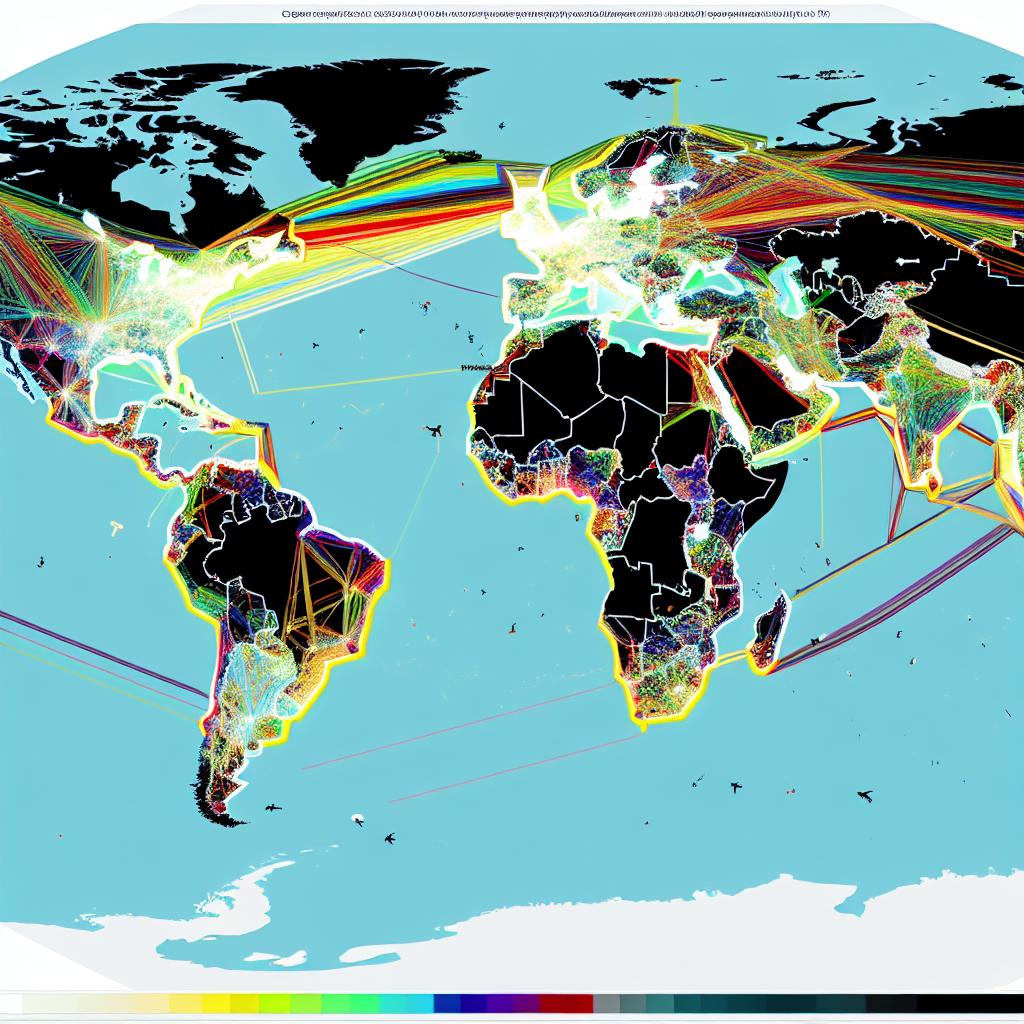In recent years, global maritime supply chains have faced numerous disruptions, challenging their resilience.
Beginning in 2020, the COVID-19 pandemic exposed the fragility of 'just in time' supply chains, causing stock shortages due to reduced global shipping. This was followed by the Russian invasion of Ukraine in 2022, which severely affected global grain supplies by blocking Ukrainian exports from the Black Sea. In 2024, the war in Gaza led to Houthi rebels in Yemen targeting shipping in the Red Sea, while disruptions in the Panama and Suez Canals further complicated global maritime trade. These events have caused significant delays and increased shipping costs between major economic centers like Europe and East Asia.
Maritime supply chains are vital to global prosperity, carrying around 70% of international trade by value and 80% by volume. Various types of cargo vessels, including container ships, tankers, and bulk carriers, play crucial roles in these supply chains. Different sectors, such as fishing and data supply chains, rely heavily on maritime operations, with millions of people employed directly or indirectly. The importance of maritime supply chains is particularly pronounced in maritime Asia, where sea routes are essential for regional security and prosperity. Over 60% of global maritime trade passes through the Indo-Pacific, making its sea lines of communication (SLOC) critical for global trade and energy supply.
Five major challenges threaten maritime supply chains. First, geopolitical risks are a significant concern for businesses in the shipping industry. Recent global tensions have highlighted the strategic nature of supply chains and their impact on national security. The COVID-19 pandemic emphasized the need for 'sovereign resilience,' with national governments playing crucial roles in ensuring smooth trans-shipment of goods.
Second, coercive geo-economic tactics, such as regulations and tariffs, pose barriers to shipping. An example of this is the bilateral tensions between Australia and China in 2020, where Chinese authorities refused to unload Australian coal, leaving sailors stranded at sea.
Third, the growing digital economy and the increasing risk of cyber threats necessitate more resilient supply chains. Cyberattacks can disrupt shipping and port activities, as seen in the US administration's concerns over Chinese manufacturing presence in US port operations.
Fourth, environmental challenges, particularly climate change, affect maritime trade. Droughts, like the one disrupting the Panama Canal, reduce the number of ships that can pass through, causing significant traffic jams. The United Nations Conference on Trade and Development (UNCTAD) has called for increased investment in maritime supply chains to prepare for future global crises and the transition to a low-carbon energy future.
Fifth, non-state and criminal organizations, including pirates and terrorists, continue to threaten maritime supply chains. Despite being described as 'non-traditional,' piracy remains a persistent challenge, affecting the security, rights, and safety of maritime workers and fishing supply chains.
Maritime supply chains form a complex, interconnected web essential to the global economy. As highlighted, these global issues are particularly relevant in maritime Asia. The reliance on maritime supply chains for security, development, livelihoods, and prosperity underscores the need for ongoing focus on supply chain resilience amidst evolving geopolitical and environmental challenges.





